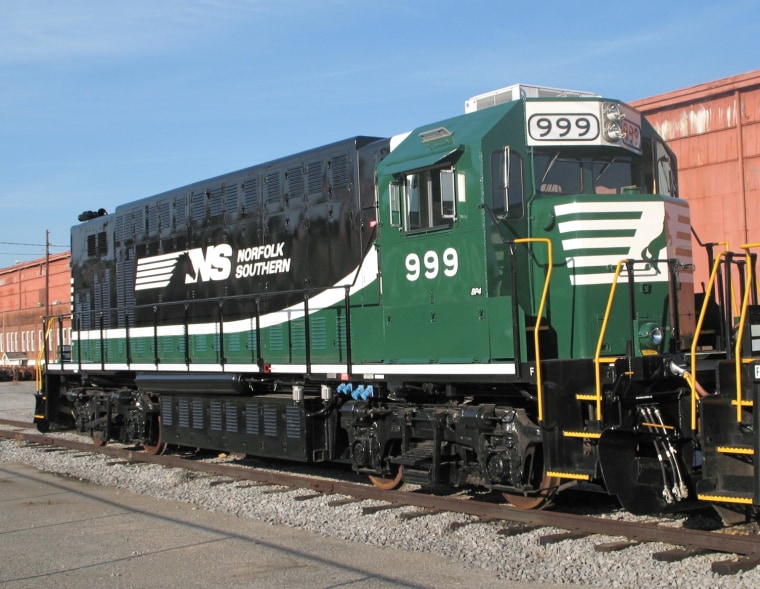
Researchers have written an algorithm that reverses aging in rechargeable lead-acid batteries, a breakthrough that will let them keep their all-electric train chugging along longer.
“To be able to rejuvenate anything is pretty remarkable,” Christopher Rahn, a mechanical engineer at Pennsylvania State University, told NBC News. “I mean, how many times in life do you actually reverse aging?”
He and his colleagues haven’t yet found a magic cream or lotion can lop off 30 percent of a person’s years, but they figured out a way to recharge old and dying lead acid batteries that increases their overall capacity by 30 percent.
Their research is funded by the U.S. Department of Energy and Norfolk Southern Railway, which is running an experimental all-electric train that is powered by a tray of 1,000 lead-acid batteries. As the batteries are charged and discharged, sulfate crystals grow on them, which shorten battery life.
“A battery pack is only as strong as its weakest link,” Rahn explained. “So, if you have some batteries in there that are over-aged, so to speak, they are the ones that dictate how long you can run the locomotive before you have to go and recharge it.”
He and his colleagues set out to reverse this process of sulfation via a long charging process that converts the sulfate crystals back into active material.
The challenge is, charging batteries for a long time causes batteries to produce hydrogen and oxygen gases, which dry out the battery and thus cause further battery degradation.
To get around this, they wrote an algorithm that monitors pressure inside the battery and stops charging when it detects the buildup of pressure and do this over a long stretch of time. Lab experiments showed it works — increasing overall battery capacity by 30 percent.
The slow charging de-sulfation would only need to be done periodically, say once a month or so. The rest of the time, standard, rapid charging is fine, allowing the locomotive to work regular eight hour shifts around the switch yard.
“What this can do is essentially allow you to take a battery pack that has been sulfated and rejuvenate it — you know, bring back that capacity so you don’t have to replace that batteries,” Rahn said.
Now, if only if the technique worked on people …
John Roach is a contributing writer for NBC News Digital. To learn more about him, check out his website. For more of our Future of Technology series, watch the featured video below.